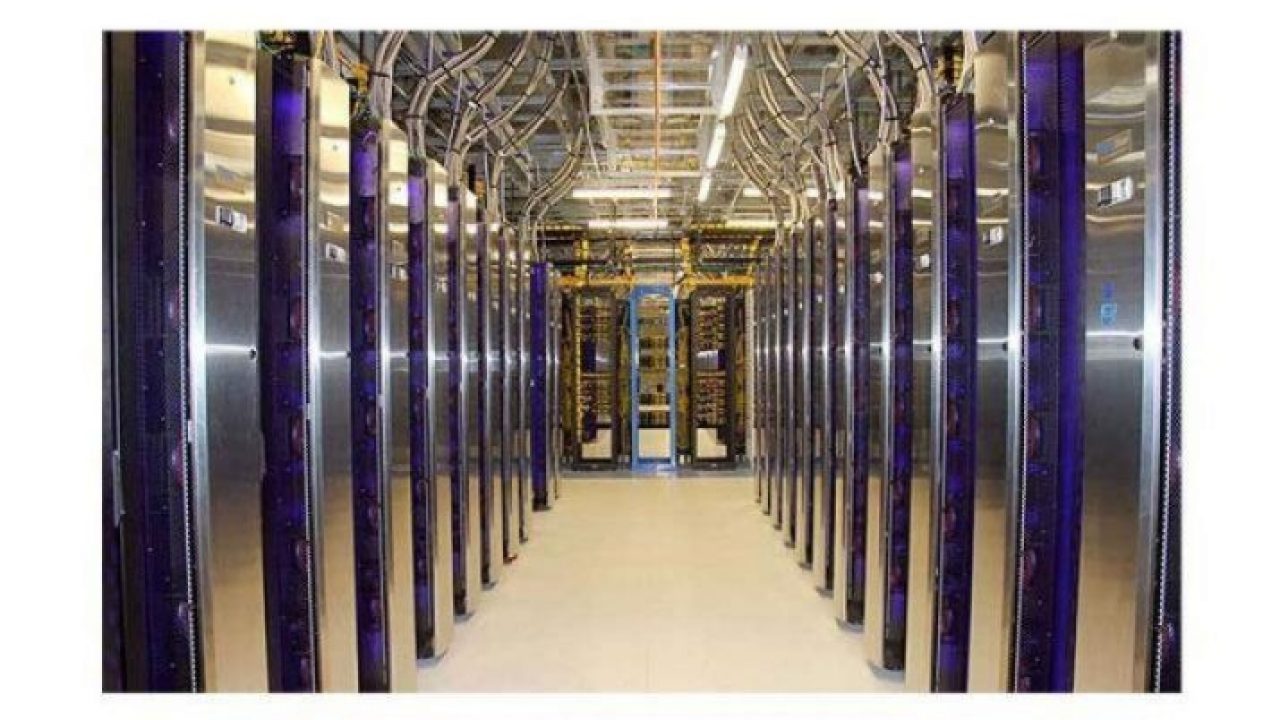Nuvia Puts down a Marker of Intent
Article By : Brian Santo

The startup promises a clean-sheet server core and associated SoC. The founders are IC experts that worked at Apple, Arm, and Google.
A company called Nuvia just introduced itself and announced it will be taking on Intel in the data center market, where Intel has utterly dominated with market share in excess of 90 percent for years, despite having been perpetually assailed by the likes of AMD and Arm.
Nuvia plans to create a CPU server core and associated SoC that will provide a “step-function” in performance improvement over every other product in the category — all while working within current data center power constraints, according to the company’s vice president of marketing, Jon Carvill.
“This is a product built for performance leadership — full stop,” Carvill said. He declined to provide any other details, including what core the company might have chosen.
Taking on an industry giant’s near-monopoly is a brash goal, especially from a startup, but the people who propose to do it have, at the very least, the credentials to be taken seriously.

Gerald Williams III
They include Gerard Williams III, Nuvia’s CEO, who was Chief CPU Architect for nearly a decade at Apple, and for the 10 years before that was an ARM Fellow. Manu Gulati, Nuvia’s SVP of silicon engineering, was the lead SoC Architect for consumer hardware at Google, and before that spent eight years at Apple as lead SoC architect. Meanwhile, John Bruno is SVP of System Engineering; he had been system architect at Google, “driving such areas as SoC definition and competitive performance and power analysis,” according to Nuvia. Before that Bruno was with Apple and AMD.
The company will not provide any details about the server core it is designing, other than to say it will be a clean-sheet design. Even providing performance targets would be revealing too much, Carvill said. But where previous server CPUs have provided incremental performance improvements from generation to generation, Nuvia will provide a step-function advance, he said.
CPU designers have been riding the curve defined Moore’s Law for decades, reaping predictable, incremental performance improvements with each generation. By promising to provide a step-function of improvement, Nuvia is planning to jump ahead of the curve somehow.
There are any number of ways to do that, including optimizing the architecture (which Nuvia is obviously attempting to do with a “clean-sheet” architecture), figuring out better ways to interact with memory, and by optimizing interconnect. Asked about Nuvia’s plans as regard memory and interconnect, Carvill demurred.
Data centers suck power like nobody’s business, and it is imperative that every product going into a data center, from copper cables to processor cores, operate using the least possible amount of power.
One of the other product domains where IC designers must be fanatical about managing power consumption is in smartphones and wearable, and that’s experience that the founders of Nuvia have in spades.
“What we think we can do with the talent we have and the founders that we have,” Carvill said,” is take some of the lessons that were applied in the mobile SoC world around those thermally-constrained envelopes, but then add a layer of performance to that, that hasn’t been seen before in a data center perspective, …to be able to achieve that step-function of performance improvement that those hyperscalers need because of all the data they’re processing and transacting, within that constrained power envelope, because we’re not going to be able to get a lot more power into those data centers.”
Managing power consumption is a discipline in which Arm excels as well, but neither Arm nor its licensees have been able to successfully transfer that expertise to products designed for data centers.
When asked about Arm, Carvill said, “I’ve not seen anybody out of the ecosystem that’s built a product for the data center that’s based on performance leadership, across all the incumbents in the marketplace. Everything done in that space has been going after a low-power, lower-performance orientation, with that compromise of ‘well, you’ll have a little less performance at a lower power consumption.’ That’s not our tradeoff,” Carvill said.
We spoke with Kevin Krewell and Jim McGregor, both of Tirias Research, who tag-teamed on their response to our inquiries to them about Nuvia. They noted that there are already two independent Arm server processor vendors – Ampere and Marvell. There is also HiSilicon, which provides chips to Huawei.
“Assuming the company is building an Arm server processor (which they have avoided saying), the question is what can they deliver that AMD, Intel, Ampere, Marvell, and IBM (Power) can’t?” Krewell noted.
Carvill offered nothing about Nuvia’s core beyond it being a clean sheet design.
Tirias’ McGregor said a clean slate design can yield significant improvements in performance, “just look at the AMD Zen architecture. AMD took the best of many different CPU designs and architectures to build Zen. So, I wouldn’t put AMD in the backseat just yet.
“Software is key,” he continued. “We have seen many companies try different architectures over the past 20 years and software is always a key issue.”
Nuvia can afford to be brash — quite literally. It just secured $53 million in funding, round was co-led by prominent Silicon Valley investors Capricorn Investment Group, Dell Technologies Capital, Mayfield and WRVI Capital, with additional participation from Nepenthe LLC.
“That’s really just Series A, so that’s the beginning,” said Carvill. “Getting our hiring done, and getting initial infrastructure in place. It’s what we need to get out of the gate.” The company has 60 employees now, and it expects to grow to 100 by the end of the year.
As the Tirias analysts noted, $53 million is not enough to even tape out a chip. Nuvia will need many times that figure.
Can Nuvia pull it off? Hyperscalers know their metrics down to bits, milliseconds and microwatts, and if they can get a “step-function” increase in performance that comes with a clear economic advantage, they will immediately forklift-upgrade football fields’ worth of equipment. If Nuvia delivers on its promises, of course. But again, it’s promising a lot.
McGregor’s parting comment was, “I would rather see a company that under-promises and over-delivers. It scares me when a company comes out promising the world.”
Subscribe to Newsletter
Test Qr code text s ss


